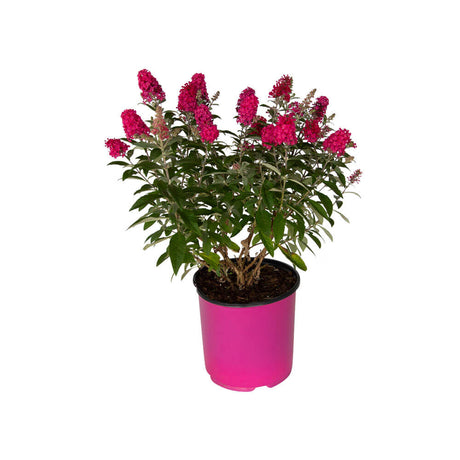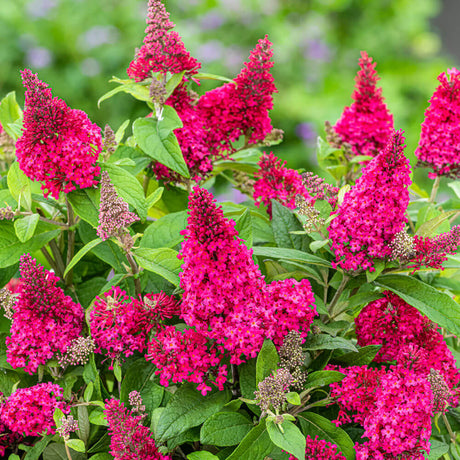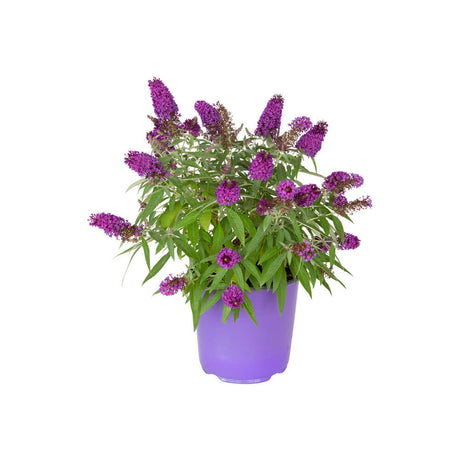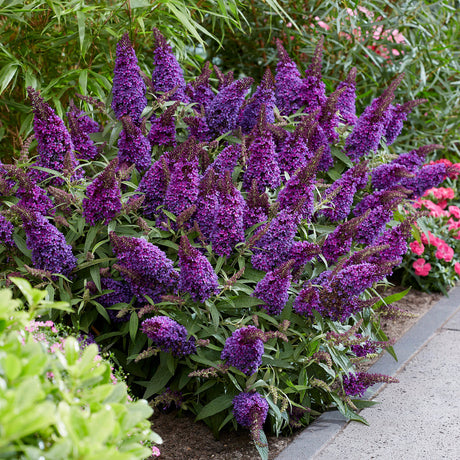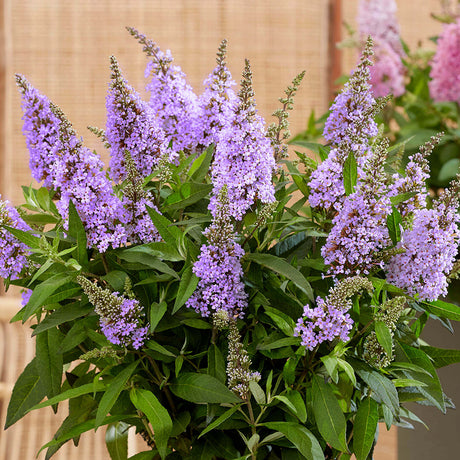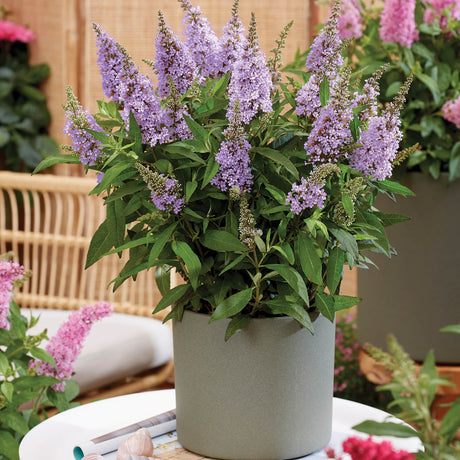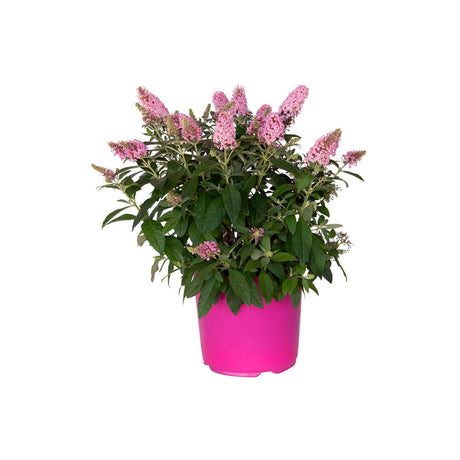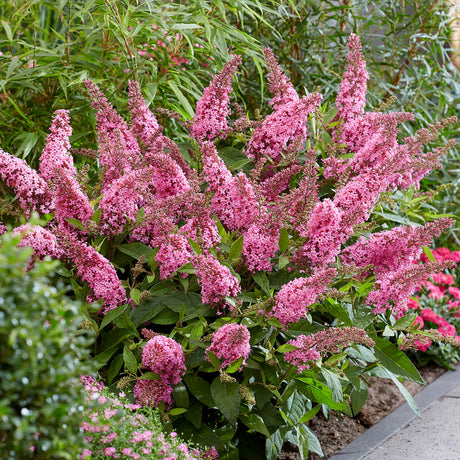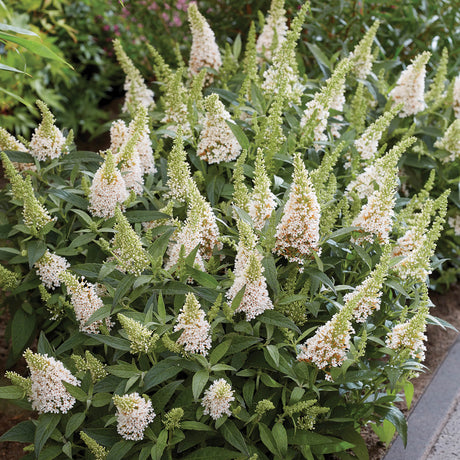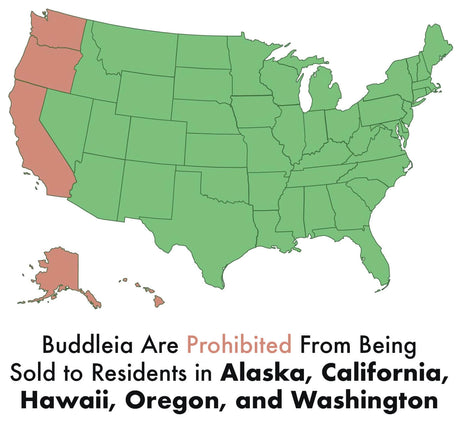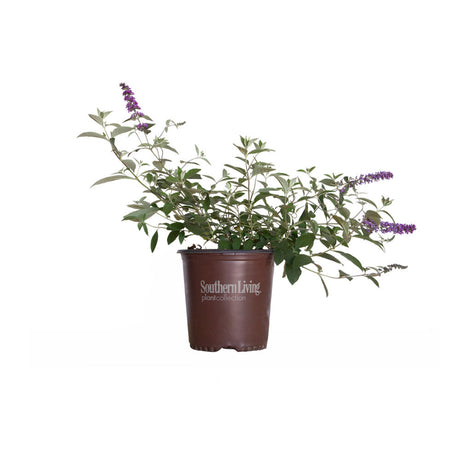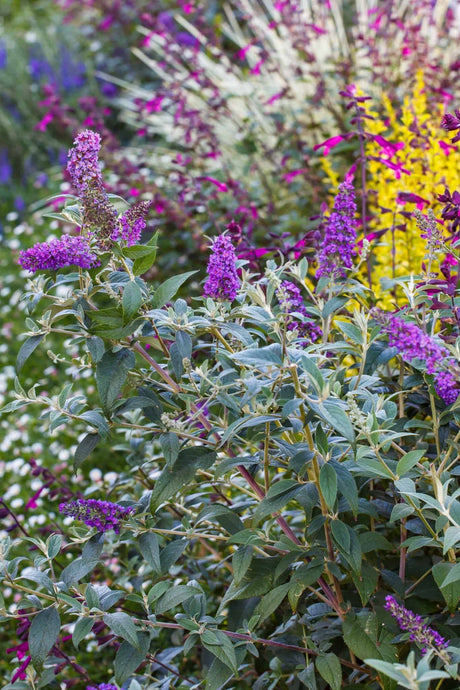Butterfly Candy Butterfly Bush
(7)From $21.99Unit price /UnavailableOut of Stock (0)Butterfly Candy Butterfly Bush
(4)From $21.99Unit price /UnavailableIn stock (508)Butterfly Candy Butterfly Bush
(3)From $21.99Unit price /UnavailableIn stock (796)Butterfly Candy Butterfly Bush
(2)From $21.99Unit price /UnavailableIn stock (192)Butterfly Candy Butterfly Bush
(1)From $21.99Unit price /UnavailableIn stock (982)Southern Living Plant Collection
(3)$36.98Unit price /UnavailableOut of Stock (0)
Buddleia, also known as butterfly bush, is a popular shrub that is loved by many gardeners for its beautiful, fragrant flowers and its ability to attract butterflies and other pollinators to the garden. Here are some reasons why you should consider adding buddleia to your garden and how to grow them successfully:
Reasons to Have Buddleia in Your Garden
- Attracts Pollinators: Buddleia is known for its ability to attract butterflies, bees, and other pollinators to the garden. It is a great way to support local wildlife and promote biodiversity in your garden.
- Beautiful Flowers: Buddleia produces beautiful, fragrant flowers in shades of pink, purple, blue, and white. These flowers are a great way to add color and visual interest to your garden.
- Low Maintenance: Buddleia is a low-maintenance plant that is easy to grow and care for. It can tolerate a range of soil and environmental conditions and does not require much pruning or deadheading.
- Versatile: Buddleia can be grown as a shrub or as a small tree, making it a versatile plant that can be used in a variety of garden settings. It is great for adding height and structure to garden beds and borders.
- Soil: Buddleia prefers well-draining soil that is rich in organic matter. It can tolerate a range of soil pH levels, but prefers a slightly acidic to neutral soil.
- Sunlight: Buddleia prefers full sun, but can also tolerate partial shade. Make sure to plant it in an area that gets at least six hours of direct sunlight per day.
- Watering: Buddleia is a drought-tolerant plant that prefers to be kept on the drier side. Water only when the top inch of soil is dry, and avoid overwatering to prevent root rot.
- Fertilizer: Buddleia does not require much fertilizer, but can benefit from a balanced, slow-release fertilizer applied once in the spring.
- Pruning: Buddleia blooms on new wood, so it is best to prune it in the early spring before new growth appears. Prune back old wood to promote new growth and encourage a bushier, more compact plant.
- Propagation: Buddleia can be propagated through softwood cuttings in the spring or early summer. Simply take a cutting from a healthy plant, remove the bottom leaves, and dip the cut end in rooting hormone before planting in well-draining soil.

